Government Projects 3.9 Percent Economic Growth for Fiscal Year 2023-24
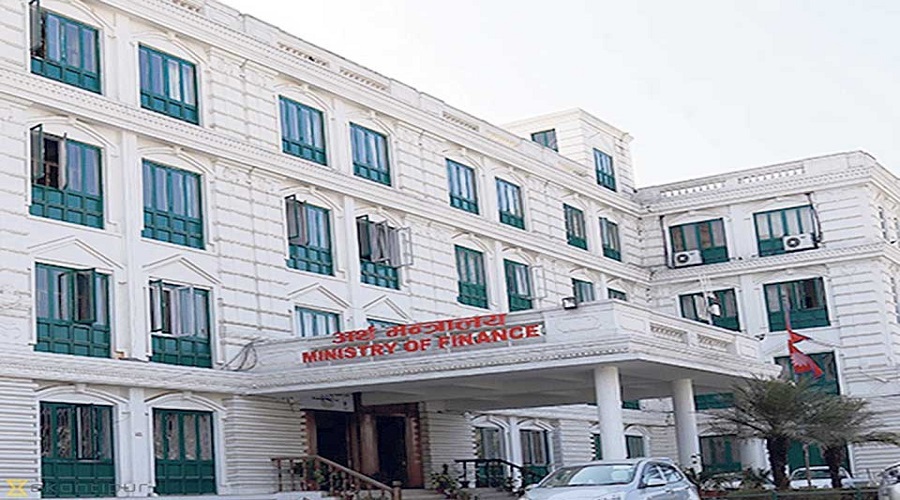
KATHMANDU: The government has forecasted a 3.9 percent economic growth rate for the current fiscal year 2023/24 amidst parliamentary disruptions by the main opposition party, Nepali Congress. Finance Minister Barsha Man Pun presented the Economic Survey for the fiscal year 2023/24 AD and the Annual Review of Public Enterprise 2081 BS during a session marred by opposition protests.
In his address, Minister Pun highlighted key economic indicators, noting an expected 3.8 percent rise in total investment and a projected increase in Per Capita Income (PCI) to $1,456. As of mid-March, inflation stood at 6.08 percent, while revenue collection saw a 6.9 percent increase in the same period.
“The survey reflects and analyzes the overall economic, social, sector-wise development, and governance at federal, provincial, and local levels during the last fiscal year and up to eight months of the current fiscal year,” Pun stated.
Despite contractions in the productive, industrial, and construction sectors, the anticipated growth in agriculture and services is expected to drive the 3.9 percent economic expansion. The growth rate in Gandaki, Bagmati, and Lumbini provinces is expected to surpass the national average. The total investment is projected to increase by 2.8 percent, reaching Rs 1.741 trillion this fiscal year.
Minister Pun reported that average consumer price inflation was 6.08 percent until Fhagun (March 13, 2024), with federal revenue collection increasing by 9.7 percent to Rs 639.05 billion. Federal expenditure rose by 2.9 percent, totaling Rs 801.58 billion during the same period.
“The total public debt reached Rs 2.38826 trillion by mid-March, with domestic debt comprising 49.6 percent and external debt 50.4 percent. Provincial and local levels received Rs 517.62 billion in the fiscal year 2022/23 AD, including Rs 397.26 billion from fiscal transfers from the federal level and Rs 120.26 billion through revenue allocation,” Minister Pun added.
He also noted improvements in the financial sector, citing adequate liquidity in the banking system and decreasing loan and deposit interest rates. Loan disbursement to the private sector increased by 5.6 percent as of mid-March.
Additionally, with the expansion of the banking network and the promotion of financial literacy, the population per bank branch has reached 2,515, and electronic transactions have surged.
This economic outlook underscores the government’s efforts to stabilize and grow the economy despite facing significant challenges and sectoral contractions.





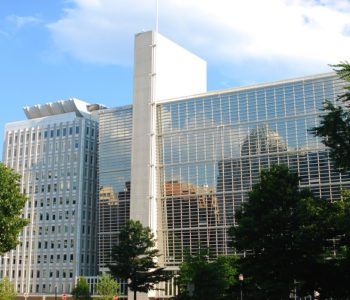



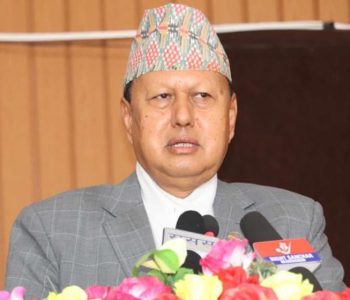
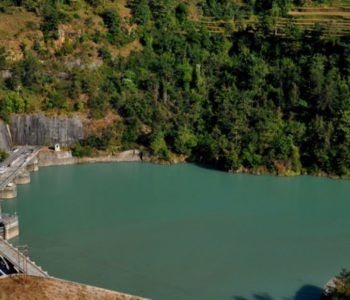
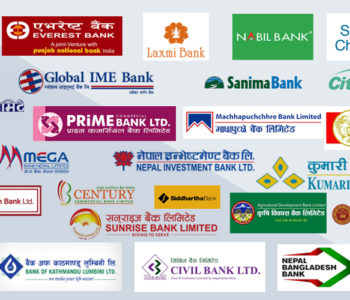
Facebook Comment